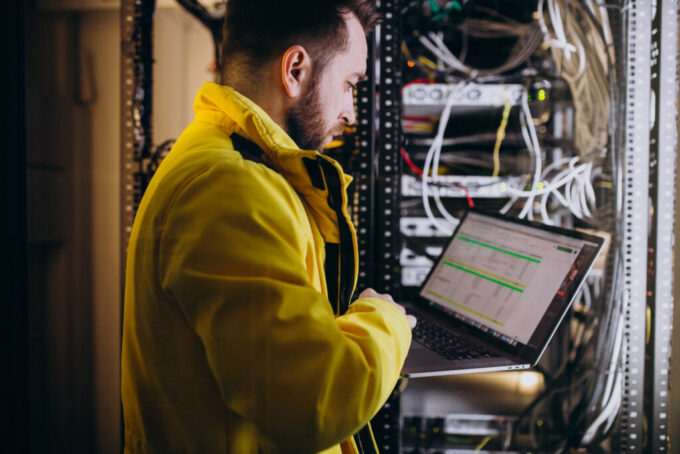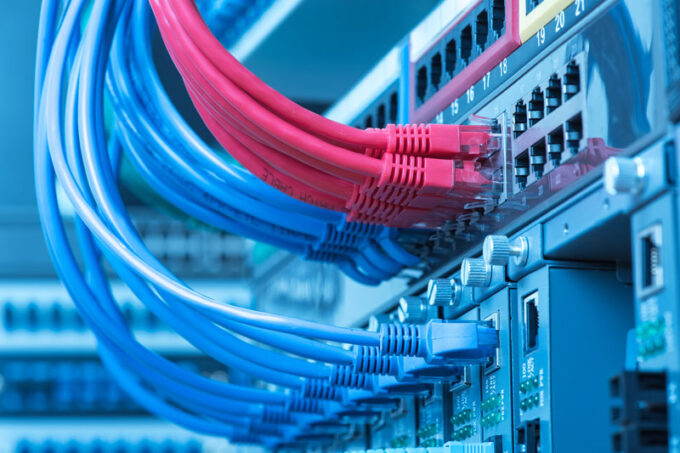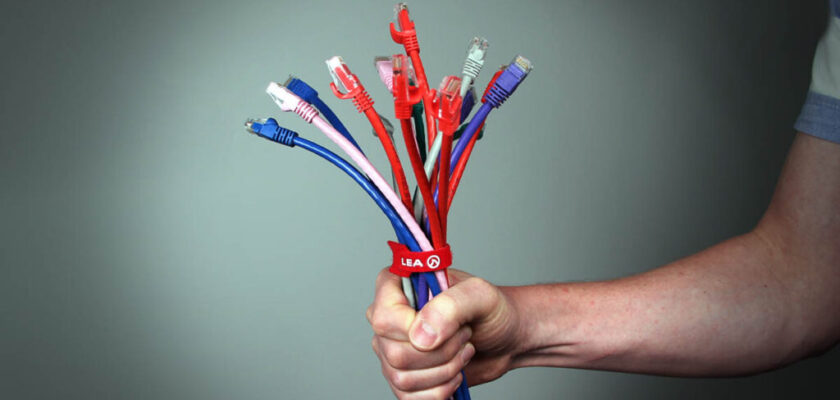Data cabling is an essential aspect of modern technology and communication systems. It is used to transmit data, voice, and video signals from one point to another. The installation of data cabling requires careful planning and attention to detail to ensure proper functioning and longevity of the system. In this article, we’ll provide some tips for a successful data cabling installation and proper cable management techniques to keep your network running smoothly.

Source: texaport.co.uk
- Plan the route: Before starting the installation process, it’s crucial to plan the route for the cables. Consider the location of the equipment and the path the cables will take. Make sure to avoid potential obstacles like doors, windows, and electrical equipment that may cause interference.
- Choose the right cable: There are several types available, each with unique characteristics and capabilities. When choosing a cable, consider the distance, data transfer rate, and the type of signal being transmitted. Some common types include Cat5e, Cat6, and Cat6a.
- Use professional tools: Professional tools like cable testers, punch-down tools, and cable strippers will make the installation process much easier and ensure a professional-looking installation. Make sure to invest in quality tools to avoid damaging them during the installation process.
- Label your cables: Labeling is important to ensure proper organization and to avoid confusion during future maintenance or upgrades. Use a labeling system that is easy to read and understand. You can also consider using color-coded labels to differentiate between different types of them.
- Proper cable management: This is crucial to keep your network running smoothly and to avoid potential damage to the cables. Make sure to route them neatly and secure them with ties or velcro straps. Avoid overcrowding the cable management panels and provide enough space for future upgrades.
- Test the system: After installation, it’s important to test the system to ensure that it’s functioning properly. Use a tester to check for any continuity issues or signal loss. It’s also a good idea to perform a load test to ensure that they can handle the expected data transfer rate.
- Regular maintenance: Regular maintenance is important to keep your data cabling system running smoothly. Check the connections for any loose or frayed cables, and make sure that the cable management panels are properly organized. You can also consider scheduling regular inspections to identify any potential problems before they become major issues.

Source: electricalinstallationservices.co.uk
It’s also important to consider the future when planning your data cabling installation. Make sure to choose a cable that has a higher bandwidth than what is currently needed to allow for future upgrades and expansion. You should also plan for additional cables to be added in the future, by including extra conduit or pathways in your initial installation. Finally, make sure to follow industry standards and regulations when installing data cabling. This includes adhering to fire and safety codes, as well as using the proper management techniques to ensure the safety of your network.
In conclusion, data cabling is an important aspect of modern technology and communication systems. Proper installation and cable management techniques are crucial to ensure the longevity and proper functioning of the system. By following these tips, you can ensure a successful data cabling installation and keep your network running smoothly.

